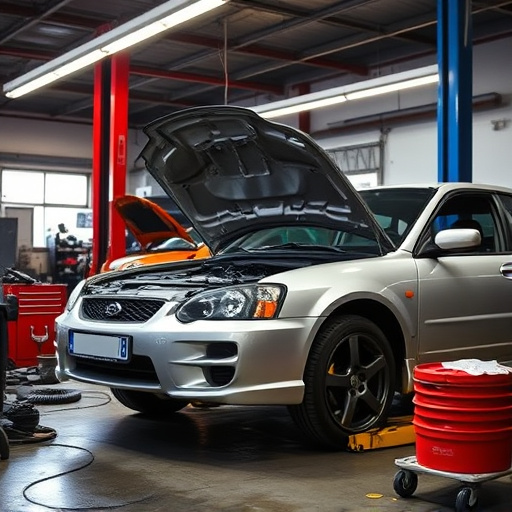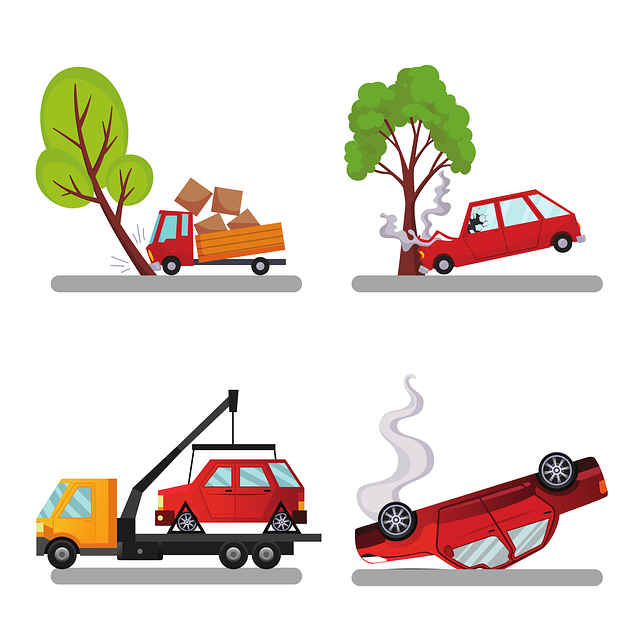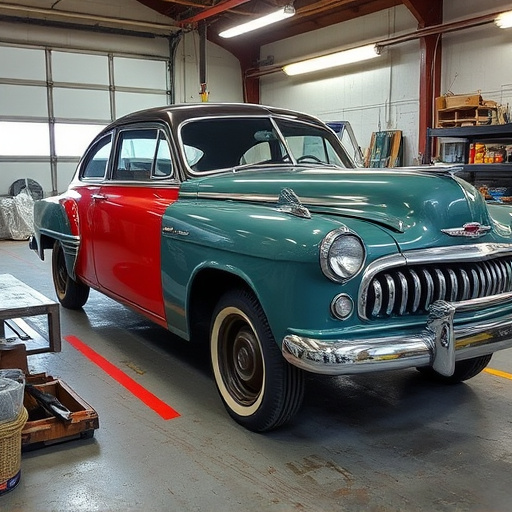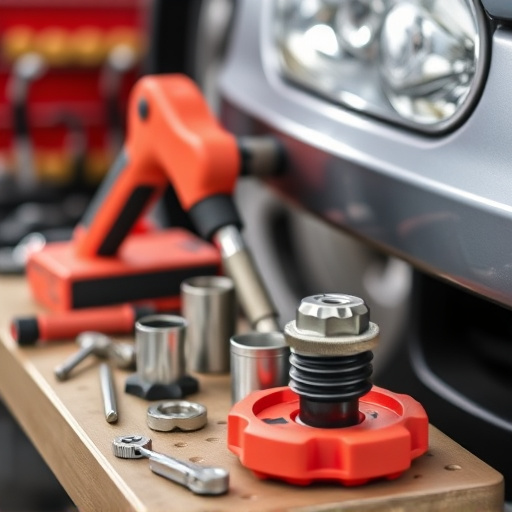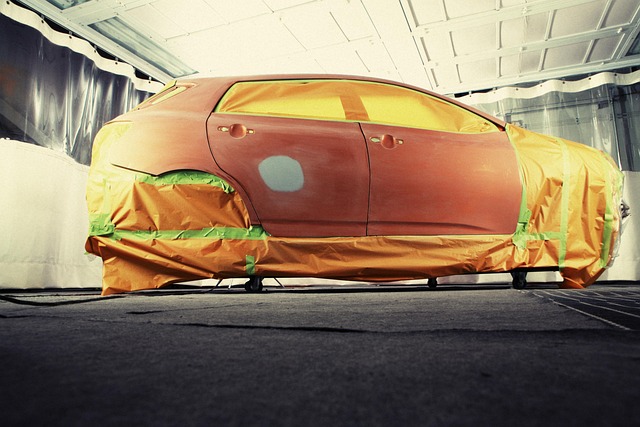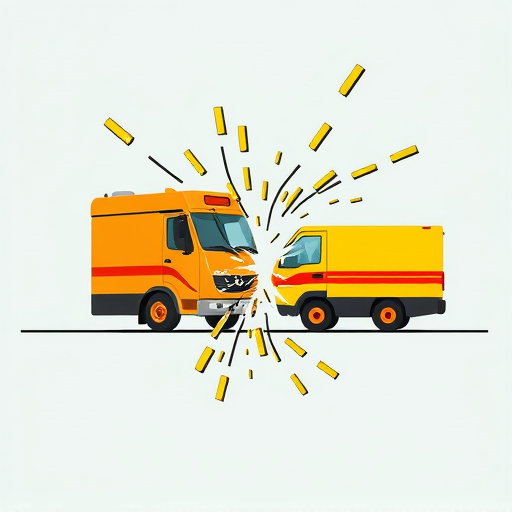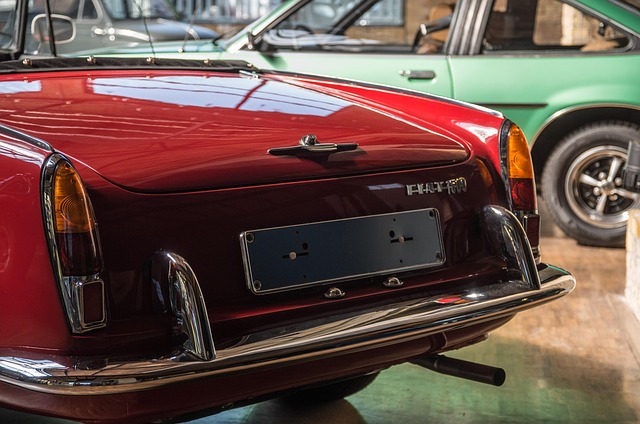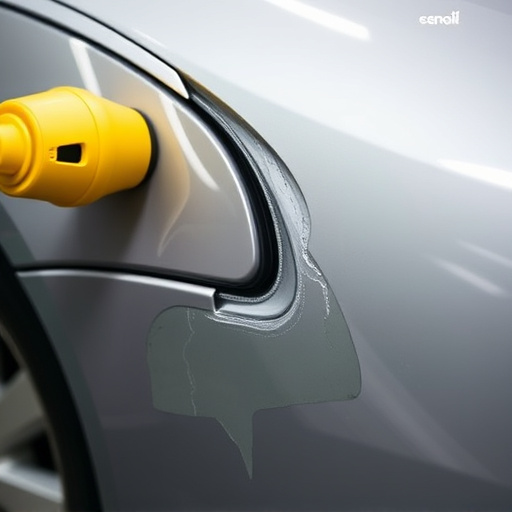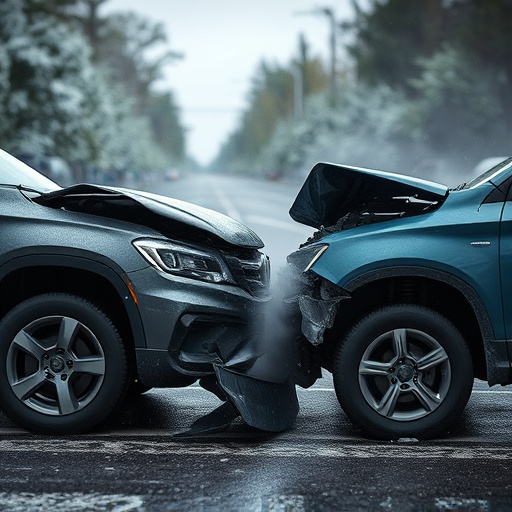Customer repair expectations are key drivers of collaboration in automotive service industries. Understanding client demands like quick turnaround times, digital communication, and high-quality work shapes goals and strategies for staff. Transparent pricing, efficient scheduling, and visible updates are crucial in car scratch repairs, fostering satisfaction and cohesive work environments. Clear management and realistic communication prevent disruptions and optimize resource efficiency. Effective team collaboration through open dialogue, problem-solving culture, and continuous learning meets customer expectations and strengthens bonds, ensuring successful project outcomes.
Customer repair expectations significantly influence team collaboration, shaping communication dynamics and coordination within organizations. As clients demand faster, more efficient fixes, teams must adapt to meet these high expectations. This article delves into the intricate relationship between customer repair expectations and team performance, offering strategies to enhance collaboration amidst heightened demands. By understanding and managing these expectations, businesses can foster a cohesive work environment that drives success in today’s competitive market.
- Understanding Customer Repair Expectations
- Impact on Team Communication and Coordination
- Strategies to Enhance Collaboration Amidst High Expectations
Understanding Customer Repair Expectations
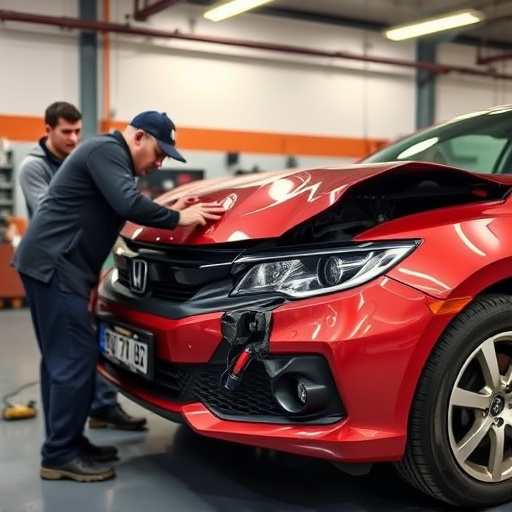
Customer repair expectations are pivotal to understanding how teams collaborate within automotive service industries, from collision centers to luxury vehicle repair shops. Knowing what clients expect when they bring in their cars for repairs is essential for setting clear goals and strategies among staff members. For instance, many customers now expect quick turnaround times, seamless digital communication, and high-quality workmanship—a demand that can foster a collaborative environment where teams work together seamlessly.
This understanding allows employees to align their efforts, ensuring that everyone from receptionists to technicians is prepared to meet these expectations. In the context of car scratch repairs, for example, customers might appreciate transparent pricing, efficient scheduling, and visible progress updates—all tasks that require interdepartmental cooperation. This collaborative approach not only improves customer satisfaction but also contributes to a more productive and cohesive work environment across various automotive repair services.
Impact on Team Communication and Coordination
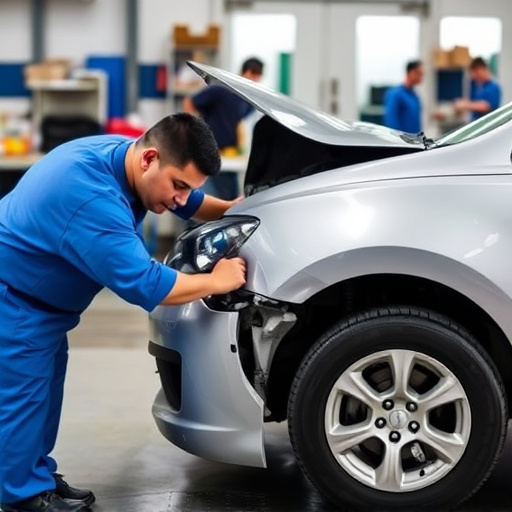
When customer repair expectations are misaligned with reality, it can create a ripple effect on team communication and coordination. If clients expect swift, flawless repairs, such as quick car paint services or immediate auto glass replacement, any delay or deviation from these expectations can lead to internal discussions and potential conflicts within the team. This is especially true in dynamic environments where multiple departments collaborate, like an auto body repair shop. Clear communication becomes paramount; teams must convey realistic timelines, possible challenges, and alternative solutions to manage customer expectations effectively.
Mismanaged expectations can disrupt workflows and hinder collaboration. For instance, if a team member promises a fast turnaround time for an auto glass replacement, but other processes within the repair chain are slower than anticipated, it could cause delays and frustration among colleagues who rely on this completion date for subsequent tasks. Effective coordination involves regular updates, transparent communication of potential issues, and proactive measures to ensure everyone is aligned and working towards meeting customer demands while managing internal resources efficiently.
Strategies to Enhance Collaboration Amidst High Expectations
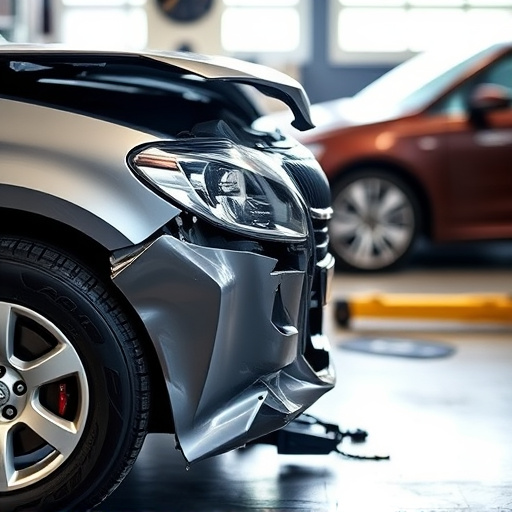
In an environment where customer repair expectations are high, especially in auto body services like car collision repair and auto painting, effective team collaboration becomes paramount. To enhance this, teams must first establish clear communication channels. Transparency about timelines, procedures, and potential issues can set realistic customer expectations and reduce subsequent misunderstandings. Regular updates and open dialogue foster trust and ensure everyone is aligned.
Additionally, promoting a culture of problem-solving and continuous learning can significantly boost collaboration. Encouraging team members to share knowledge and skills, especially in complex cases, ensures that challenges are met with collective expertise. This not only improves the quality of repairs but also strengthens the bond among colleagues, making them more receptive to collaborating on every project, regardless of its scale or customer demands.
Customer repair expectations significantly shape team collaboration dynamics. By understanding these expectations, teams can enhance communication, coordination, and overall performance. Implementing strategies that foster open dialogue, clear role definitions, and efficient workflows enables teams to manage high expectations effectively, ultimately leading to improved customer satisfaction and stronger team cohesion.
